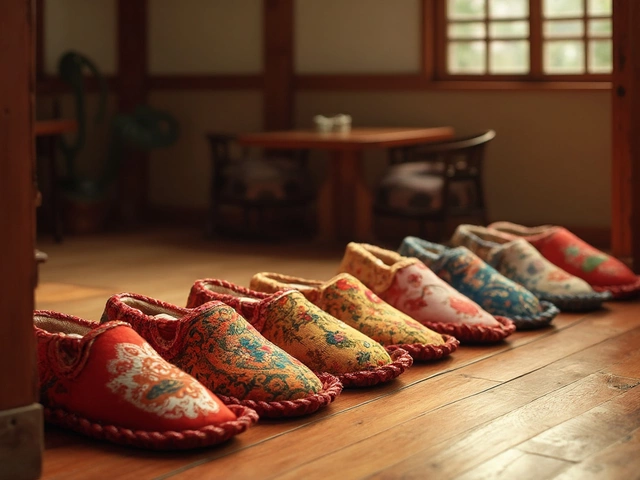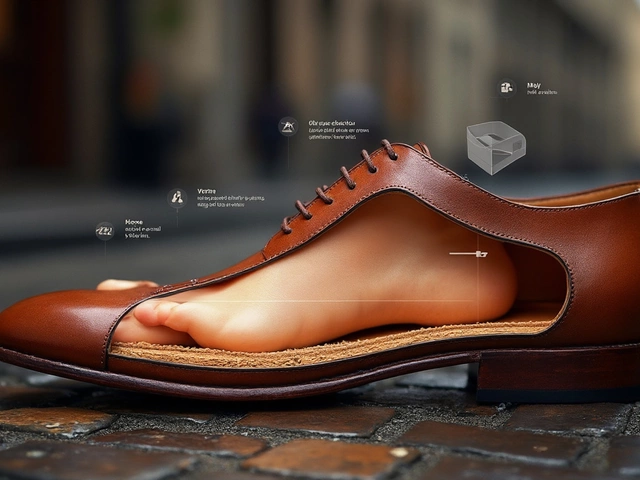Best Hot-Weather Clothing: Fabrics & Styles to Keep You Cool
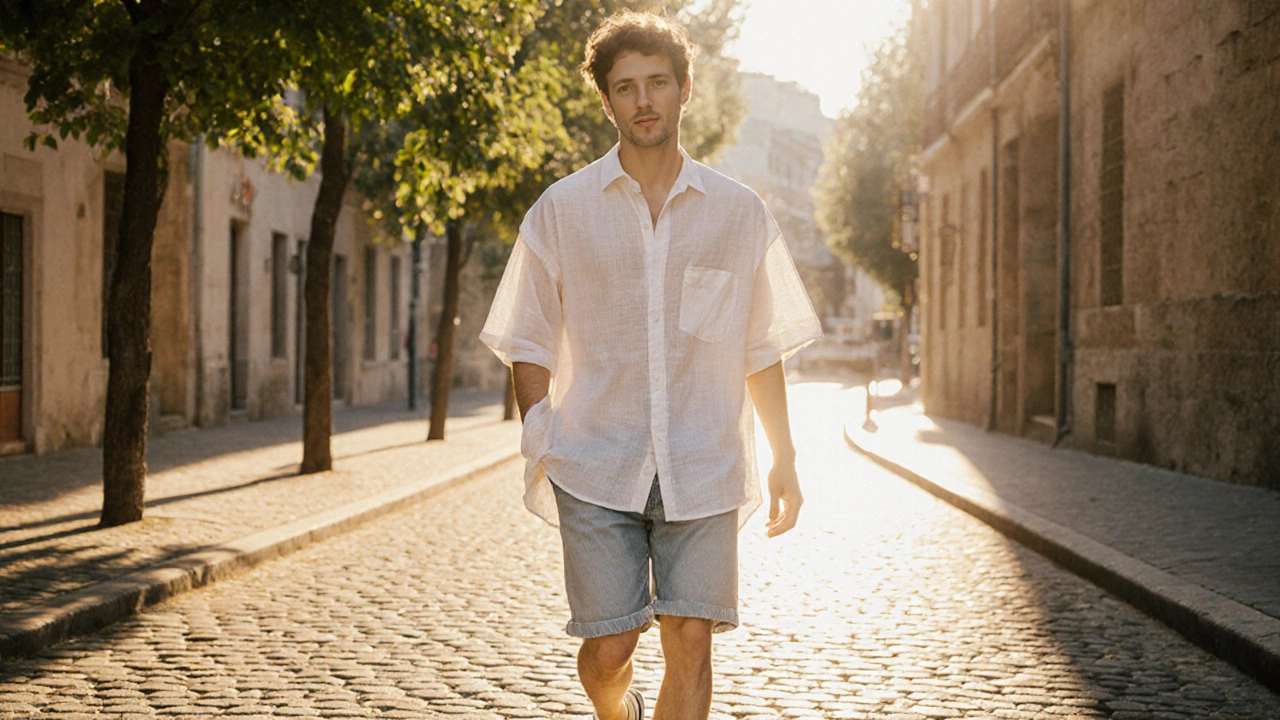
- Cleo Fairchild
- 8 October 2025
- 0 Comments
Hot Weather Clothing Selector
Recommended Outfit for Your Conditions
When the mercury spikes, breathable clothingclothing designed to let air flow and move moisture away becomes your best ally against sweat and overheating.
Key Takeaways
- Natural fibers like Linen and Cotton offer unmatched airflow.
- Technical fabrics such as moisture‑wicking polyester keep you dry during intense heat.
- Light colors reflect sunlight; dark shades absorb it.
- Loose silhouettes let heat escape, while tight fits trap it.
- Choosing the right shoes and accessories can cut perceived temperature by several degrees.
Why Fabric Choice Matters
Heat‑related discomfort isn’t just about temperature; it’s about how much the material lets your skin breathe. A shirt that blocks air can feel ten degrees hotter than the actual air temperature. That’s why hot weather clothing should be judged on breathability, moisture management, UV protection, and weight.
Researchers at the University of Leeds measured skin temperature on volunteers wearing different fabrics. Linen kept skin 2.5°C cooler than polyester blends in a 30°C environment. The gap widens when humidity rises because moisture‑wicking properties kick in.
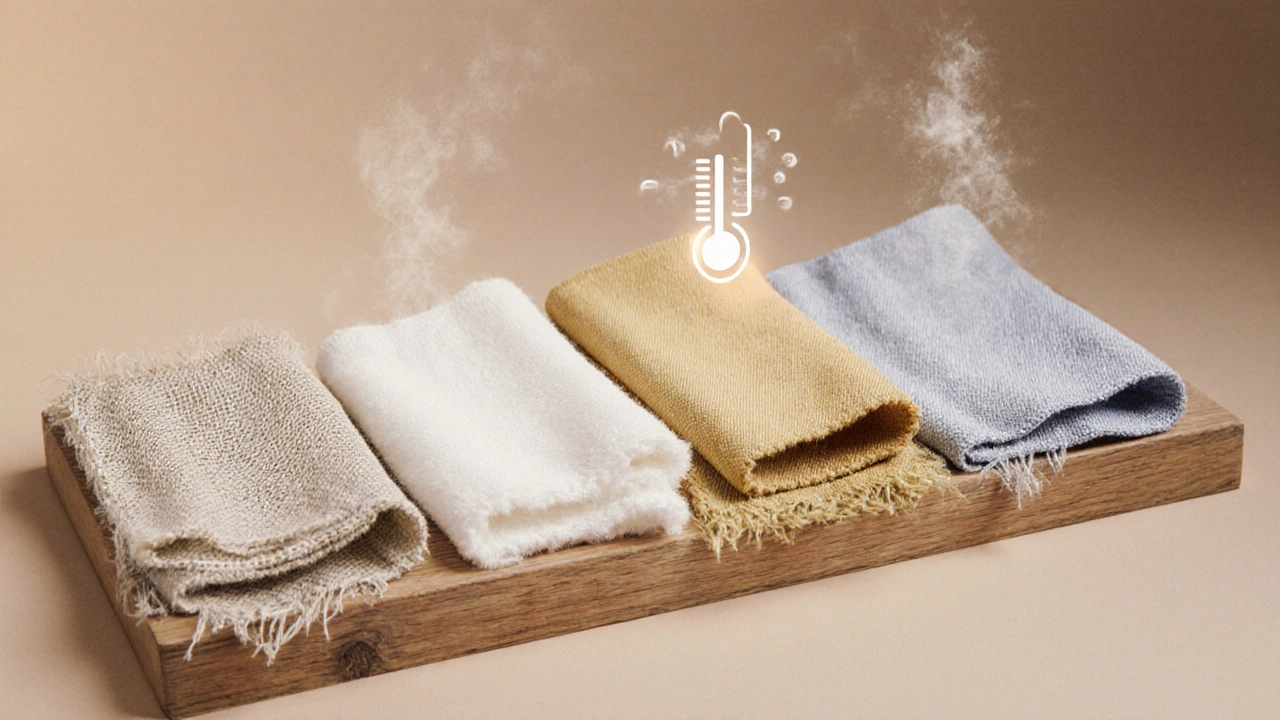
Top Fabrics for Hot Weather
Below is a quick rundown of the fabrics that consistently beat the heat.
| Fabric | Breathability | Moisture‑Wicking | UV Protection | Typical Price (UK) |
|---|---|---|---|---|
| Linen | Very High | Low | Moderate | £12‑£20 per shirt |
| Cotton | High | Low‑Medium | Low | £8‑£15 per shirt |
| Moisture‑wicking polyester | Medium | Very High | High (often treated) | £10‑£18 per shirt |
| Rayon | Medium‑High | Medium | Low‑Medium | £9‑£16 per shirt |
| Bamboo fabric | High | Medium‑High | Moderate | £14‑£22 per shirt |
When you shop, look for terms like “air‑flow weave,” “moisture‑wicking finish,” or “UV‑rated.” These indicate that the manufacturer has engineered the fabric for hot climates.
How to Choose the Right Piece
- Identify your activity level. For a walk in the park, a lightweight Linen shirt works wonders. For a workout, opt for a Performance T‑shirt made from moisture‑wicking polyester.
- Check the weave. Loosely‑woven fabrics let air circulate; tightly‑woven ones trap heat.
- Pick a color wisely. Whites and pastels reflect sunlight; if you love darker shades, choose them in a fabric with built‑in UV treatment.
- Consider layering. A light, unlined Rayon shirt under a breathable jacket can protect against sudden sun spikes without overheating.
- Feel the weight. The lighter the garment, the less thermal mass it adds to your body.
Shoes and Accessories That Breathe
Feet often get neglected, yet they can make or break comfort. Choose shoes with mesh uppers or perforated leather to promote airflow. Breathable sneakers made from engineered knit keep the inside cool and dry.
For headwear, a wide‑brim Sun hat made from cotton or straw shades your face and encourages air circulation. If you need UV protection for your eyes without sacrificing ventilation, opt for sunglasses with wrap‑around frames and breathable nose pads.
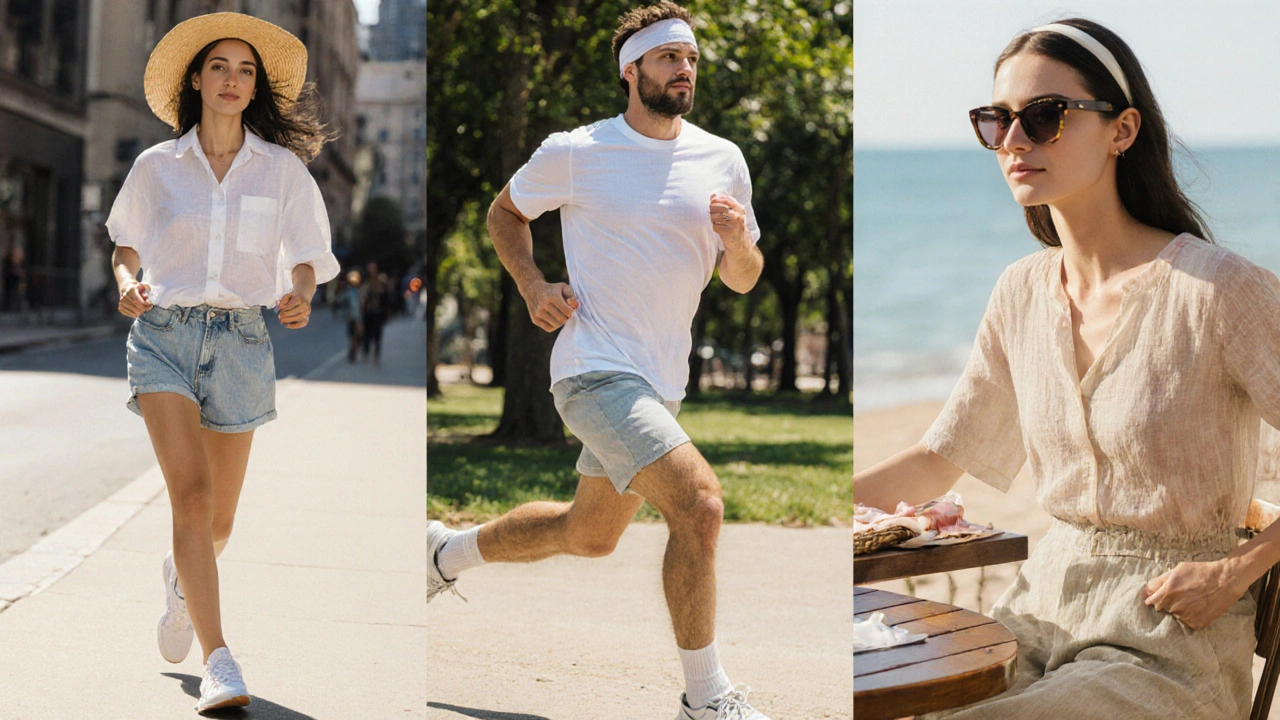
Putting It All Together: Outfit Ideas
Below are three ready‑to‑wear combos for different scenarios.
- Casual city stroll: A white Linen shirt, light denim shorts, breathable sneakers, and a straw sun hat.
- Outdoor workout: A fitted Performance T‑shirt, moisture‑wicking polyester shorts, low‑profile running shoes with mesh, and a moisture‑wicking headband.
- Beachside brunch: A soft, pastel Bamboo fabric blouse, loose‑fit linen trousers, open‑toe sandals with leather straps, and oversized sunglasses.
Notice the recurring theme: light colors, loose cuts, and fabrics that move sweat away. Add a reusable water bottle and you’re set for a day that feels cooler than the forecast.
Common Mistakes to Avoid
Even seasoned summer dressers slip up. Here are the pitfalls you should watch out for:
- Choosing heavy synthetics for style alone. They trap heat unless specifically engineered for wicking.
- Wearing dark colors in direct sun without UV treatment.
- Over‑accessorizing with jewelry that conducts heat.
- Skipping breathable footwear, leading to blistering and sweaty feet.
Fixing any of these can drop your perceived temperature by up to five degrees, making a sunny afternoon far more enjoyable.
Frequently Asked Questions
Which fabric should I wear for a hot, humid day?
For humidity, moisture‑wicking polyester or a bamboo blend works best because they pull sweat away and dry quickly, keeping you comfortable longer.
Can I wear dark clothing in the summer?
Yes, if the dark fabric has a built‑in UV‑reflective coating or if you pair it with a light outer layer. Otherwise, stick to light shades to reflect heat.
What’s the difference between linen and cotton for heat?
Linen’s natural weave creates bigger pores, offering superior airflow and quicker drying. Cotton is softer and can feel cooler when dry, but it holds moisture longer.
Do I need special shoes for hot weather?
Look for shoes with mesh uppers, perforations, or knit constructions. These designs let air circulate and let sweat evaporate, unlike solid leather boots.
How can I protect my skin without covering it completely?
Choose UPF‑rated fabrics or wear a wide‑brim hat. Adding a lightweight, breathable scarf can shield neck and shoulders while still allowing airflow.
